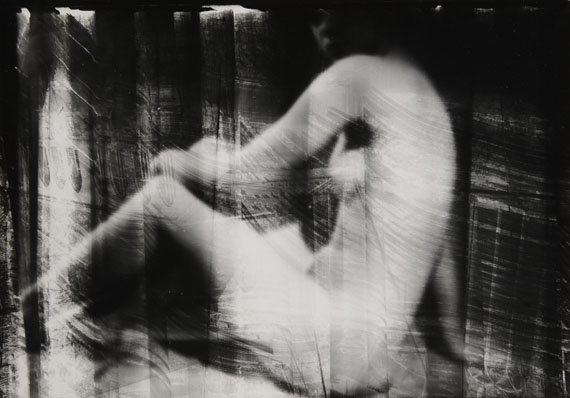
Photo Museum Antwerp Waalsekaai 47 2000 Antwerpen Belgique
Willy Kessels (1898-1974) is considered as one of the most important representatives in Belgium of a new, ‘modernistic’ photography which came to the foreground from the end of the 1920’s onward. His body of works is particularly illustrative of the practise of the professional photographer in the 1930’s. He was active in many diverse fields: reportage and publicity, fashion and portrait, architecture and industry, nude studies, collages, and abstract experiments…
In 1932, Kessels was involved in the organisation of the first “Internationale Tentoonstelling voor Fotografie en Cinematografie” (International Exhibition of Photography and Cinematography) in the Palace of Fine Arts in Brussels. In 1933 he produced set photos of the communist-inspired documentary movie “Misère au Borinage” by Joris Ivens and Henri Storck. A mere two years later, in 1935, he made friends with Joris Van Severen en produced photo and film reportages for the Verdinaso. During the war, Kessels was involved in the founding of the artists’ association “De Meivisch” in Bornem, and photographed the Scheldt countryside and its inhabitants intensively. Kessels was tried as a passive collaborator after the war.
In the 1950’s he resumed his commercial activities. During this period he mainly published photobooks. In these works Kessels seems to have abandoned modernism, although he kept on experimenting with abstractions and unorthodox printing techniques in the seclusion of his studio.

